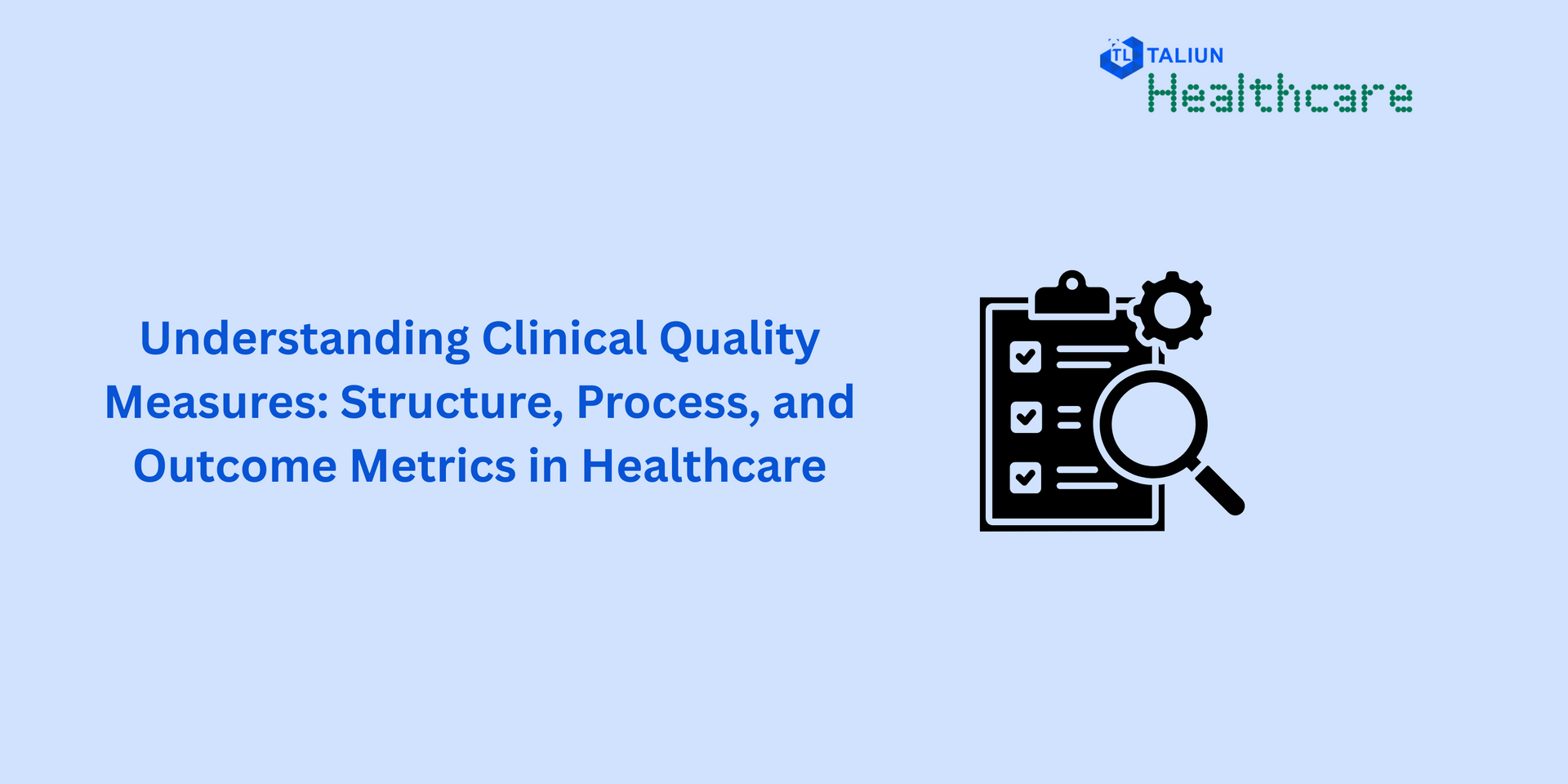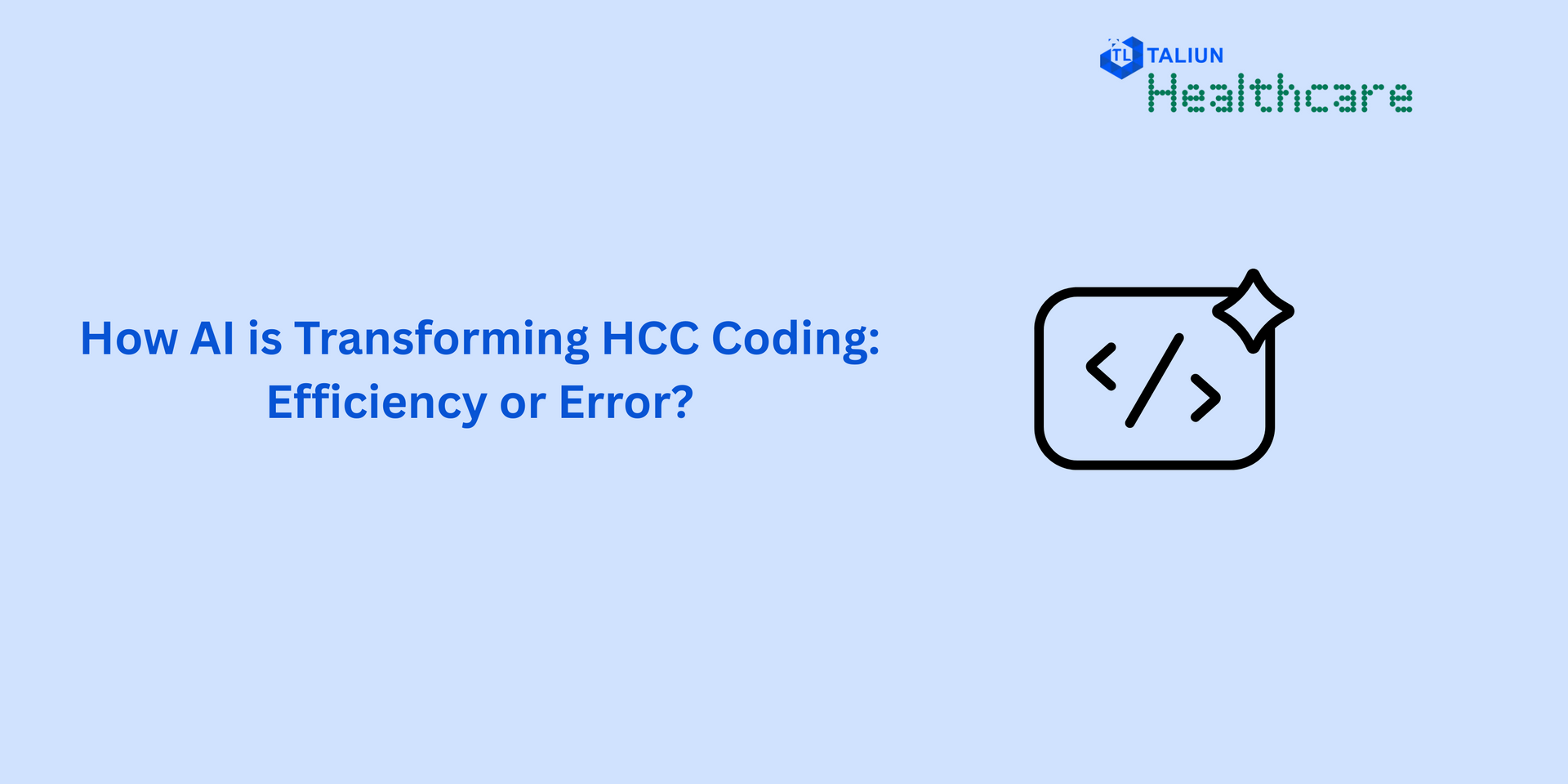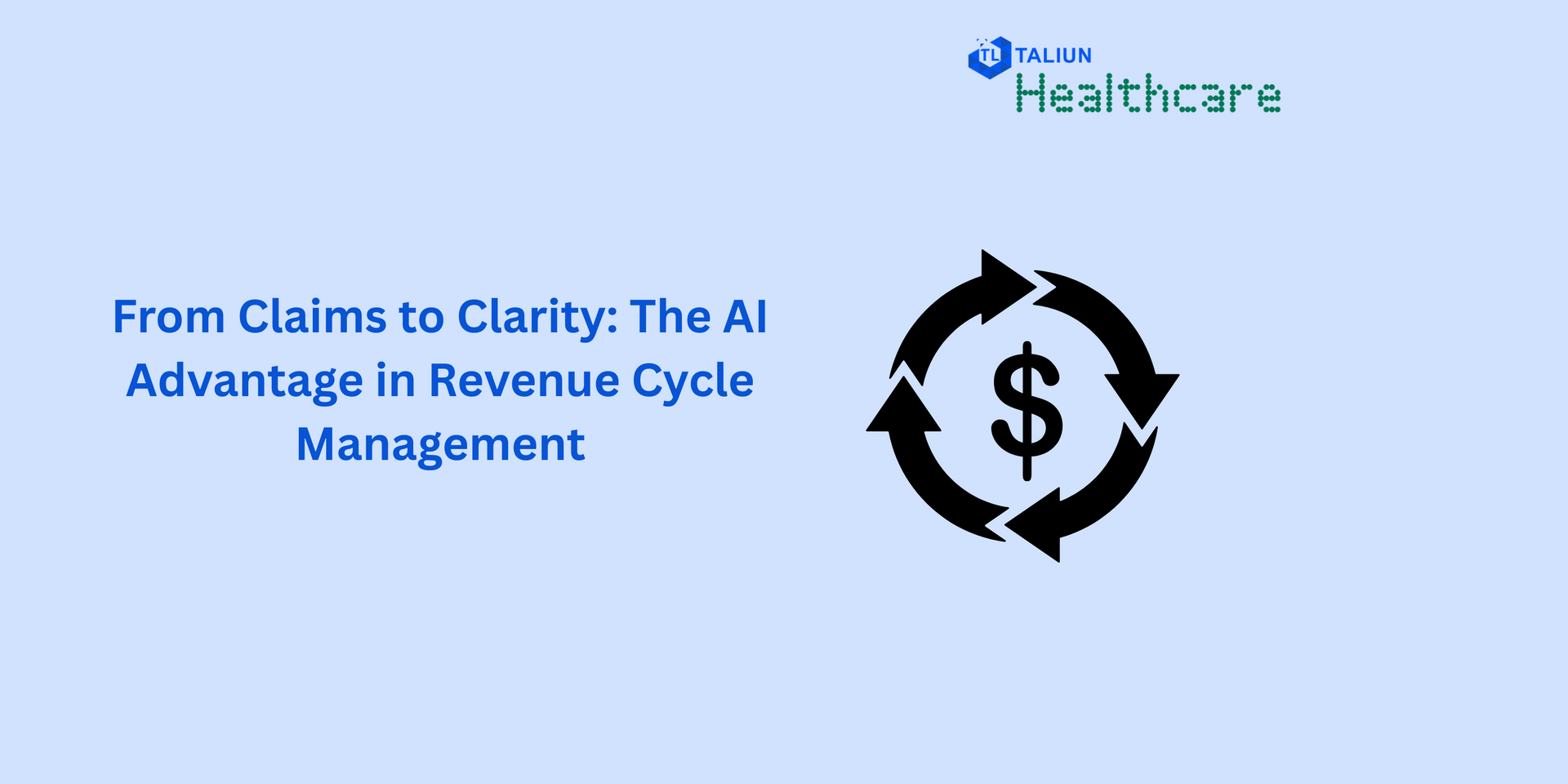Understanding Clinical Quality Measures: Structure, Process, and Outcome Metrics in Healthcare

In healthcare, delivering excellent care goes beyond clinical skill, it’s about measuring and improving quality at every step. That’s where clinical quality measures (CQMs) come in. These measures are the backbone of value-based care, helping providers understand not just what care is delivered, but how effectively it impacts patient outcomes.
Whether you’re managing a small primary care clinic or a large health system, understanding quality measures in healthcare is critical for improving patient outcomes, ensuring compliance, and aligning with reimbursement models.
What Are Clinical Quality Measures?
Clinical quality measures are standardized tools that assess various aspects of patient care. They are designed to quantify performance in areas that matter most, safety, effectiveness, efficiency, and patient-centeredness. By tracking these measures, healthcare organizations can identify gaps, streamline workflows, and improve care delivery.
Clinical data quality is central here. Even the most sophisticated quality programs fail if the underlying data is incomplete, inaccurate, or poorly documented. Every measure relies on accurate coding, complete patient records, and consistent documentation practices.
Types of Healthcare Quality Measures
Understanding the types of healthcare quality measures is key to applying them effectively. Broadly, they fall into three categories:
1. Structural Measures
Structural measures assess the foundational elements of care delivery. Think of them as the infrastructure and resources in place to support high-quality care. Examples include:
- Staff-to-patient ratios
- Availability of EHR systems with decision-support tools
- Use of standardized care protocols
Structure measures don’t tell you what happened with a patient, but they indicate whether the right conditions exist for quality care to occur.
2. Process Measures
Process measures track whether care delivery adheres to established best practices. They evaluate how care is provided. Examples include:
- Percentage of diabetic patients receiving annual HbA1c tests
- Timely administration of vaccinations
- Screening for depression in primary care settings
Process measures are actionable. If your metrics show gaps, you know exactly where to intervene to improve care quality.
3. Outcome Measures
Outcome measures reflect the end results of care, what patients actually experience. Examples include:
- Hospital readmission rates
- Blood pressure control among hypertensive patients
- Patient-reported pain or functional status
Outcome measures are the ultimate indicator of effectiveness, but they are influenced by factors beyond the provider’s control, such as patient adherence or social determinants of health.
4. Balancing Measures
Balancing measures look at the unintended consequences of quality improvements. They ensure progress in one area does not create setbacks elsewhere.
- Increase in readmissions after reducing length of stay
- Decline in patient satisfaction when appointment times are shortened
- Higher staff burnout when productivity targets rise too quickly
These measures protect the overall quality of care by keeping improvements balanced and sustainable.
Why Clinical Quality Measures Matter
Tracking quality metrics in healthcare isn’t just a regulatory requirement—it’s a tool for improvement:
- Enhances patient safety and outcomes: Measuring care gaps allows providers to intervene earlier and more effectively.
- Supports value-based care initiatives: Accurate CQMs ensure appropriate reimbursement under programs like MIPS or ACO arrangements.
- Improves operational efficiency: By identifying bottlenecks and inefficiencies, clinical quality management enables smarter resource allocation.
Effective quality control in clinical data management ensures that these measures are reliable and actionable. Clean, structured, and standardized data forms the foundation for accurate reporting and meaningful improvement.
Best Practices for Implementing Clinical Quality Measures
- Invest in robust data infrastructure
Implement systems that capture patient data comprehensively, consistently, and in real time. - Standardize documentation practices
Ensure clinicians and staff follow consistent coding and recording practices to minimize gaps. - Monitor process and outcome measures continuously
Set up dashboards to track key metrics and intervene when gaps appear. - Engage multidisciplinary teams
Clinical, administrative, and IT staff should collaborate to align workflow with quality goals. - Regularly audit and refine
Continuous auditing of clinical data quality prevents drift and ensures that metrics reflect real-world care accurately.
Conclusion
Clinical quality measures are more than numbers, they are the lens through which healthcare organizations understand their performance, refine their processes, and ultimately improve patient care. By focusing on structure, process, and outcomes, organizations can implement actionable insights that lead to safer, more effective, and more patient-centered care.
At Taliun, we help healthcare teams translate complex clinical data into meaningful quality metrics. Our solutions support clinical quality management, identify gaps, and streamline reporting, so providers can focus on what matters most, delivering high-quality care with confidence and clarity.




